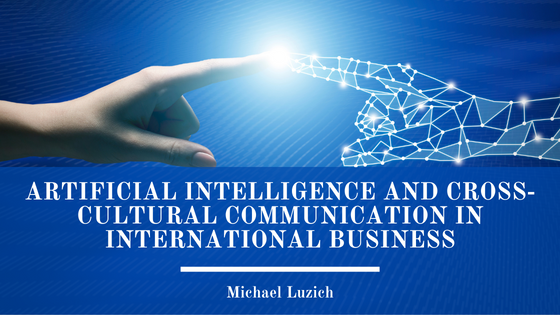Cross-cultural communication is an essential aspect of international business, and artificial intelligence (AI) is increasingly important in facilitating this communication to merge business deals and make professional connections. AI technologies such as natural language processing, machine learning, and speech recognition have the potential to overcome language barriers, facilitate translation, and improve cultural understanding. Here, we will explore how AI is being used to strengthen cross-cultural communication in international business and the challenges of using these technologies.
One of the main ways AI is being used to facilitate cross-cultural communication is through language translation. AI-powered translation tools, such as Google Translate, Microsoft Translator, and SDL Trados, have made it possible to translate text from one language to another quickly and accurately. These tools use algorithms to analyze and interpret the meaning of text, enabling them to provide translations that are often more accurate than human translations.
AI is also being used to facilitate spoken communication between people who speak different languages. Speech recognition and natural language processing technologies allow for real-time translation of spoken language, making it possible for people to have a conversation in their native language without the need for an interpreter. This technology has already been used in various settings, from international conferences to business meetings.
In addition to language translation, AI is used to improve cross-cultural understanding. Machine learning algorithms can now be used to analyze cultural differences and identify patterns in behavior, language, and social norms. These translations can be used to help individuals navigate commonplace cultural differences and avoid misunderstandings. For example, AI-powered tools can guide appropriate language and behavior in international business, assisting individuals in communicating effectively and respectfully.
Despite the potential benefits of using AI for cross-cultural communication, several challenges need to be addressed. One of the main challenges is the risk of misinterpretation. AI-powered translation tools and speech recognition technologies are not perfect and can sometimes provide inaccurate translations or misinterpret spoken language. This can lead to misunderstandings and breakdowns in communication, which can have serious consequences in a business context.
Another challenge is the need for context. AI-powered translation and communication tools rely on algorithms to interpret language and behavior, but they lack the ability to understand the context. This can lead to misunderstandings and misinterpretations, particularly when language and behavior are highly nuanced.
Finally, there is a risk that AI-powered tools could reinforce cultural biases and stereotypes. Machine learning algorithms rely on large data sets to learn and improve. Still, this data is often biased, reflecting the cultural norms and values of the society in which it was collected. This can lead to biased translations and recommendations, reinforcing cultural stereotypes and perpetuating discrimination.
Artificial Intelligence has the potential to improve cross-cultural communication in international business, but it also comes with its own set of challenges. As AI technologies continue to develop, it will be essential to address these challenges and ensure that these tools are used in ways that promote cultural understanding and respect. By leveraging the power of AI in cross-cultural communication, businesses can improve communication, reduce misunderstandings, and build stronger relationships with their partners and customers worldwide.

